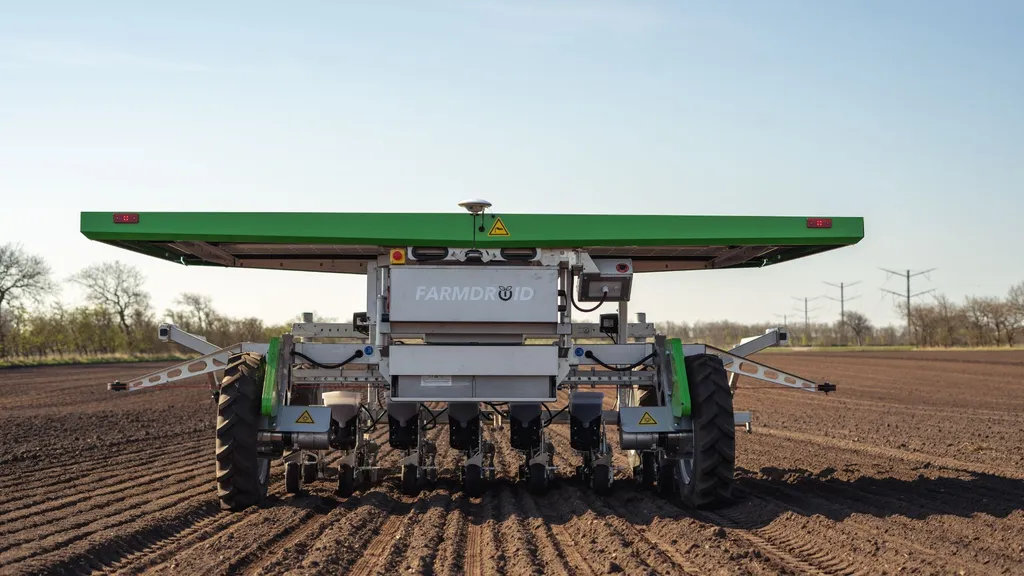In the murky, viscous world of agricultural ponds, conventional underwater robots often find themselves stuck in a quagmire—literally. Traditional designs, equipped with oscillating fins or standard propellers, struggle to navigate the high-resistance, muddy substrates common in these environments. But a new innovation from Yan Xu and colleagues at the College of Engineering, Shenyang Agricultural University, is set to change the game. Their dual-screw propelled robot is designed to traverse both water and soft substrates with ease, opening up new possibilities for monitoring and maintenance in agricultural settings.
The robot’s unique design features two optimized helical screw propellers that drive its locomotion, while a control fin actively manages depth and roll stability. “The key was to optimize the screw configuration to maximize thrust while minimizing slippage in mud,” explains Yan Xu, the lead author of the study published in the journal *Actuators* (translated from Chinese as ‘Executors’). Through dynamic modeling and computational fluid dynamics simulations, the team achieved a maximum theoretical thrust of 40 N with a slippage rate of just 16% in mud. The control fin, angled at 9 degrees, was found to maximize the lift-to-drag ratio at 12.09, ensuring efficient depth maneuvering.
One of the standout features of this robot is its cable-free remote control system, which boasts a response time of less than 0.5 seconds. This rapid responsiveness is crucial for navigating the unpredictable terrain of agricultural ponds. Experimental validation in a controlled tank environment confirmed the robot’s impressive performance, demonstrating stable locomotion at 0.4 m/s in water and 0.3 m/s in simulated mud.
The implications of this research extend beyond agricultural monitoring. In the energy sector, where underwater and muddy environments are common in offshore installations and subsea infrastructure, such a robot could revolutionize inspection and maintenance tasks. “This technology has the potential to significantly reduce the costs and risks associated with underwater operations,” says Xu. By providing a more efficient and reliable means of navigating challenging environments, the dual-screw propelled robot could pave the way for advancements in various industries, from agriculture to energy.
As the world continues to grapple with the complexities of underwater and muddy substrates, innovations like this dual-screw propelled robot offer a glimpse into a future where technology and nature coexist more harmoniously. With further development and refinement, this technology could become a standard tool in the arsenal of agricultural and energy professionals, shaping the future of underwater operations.

